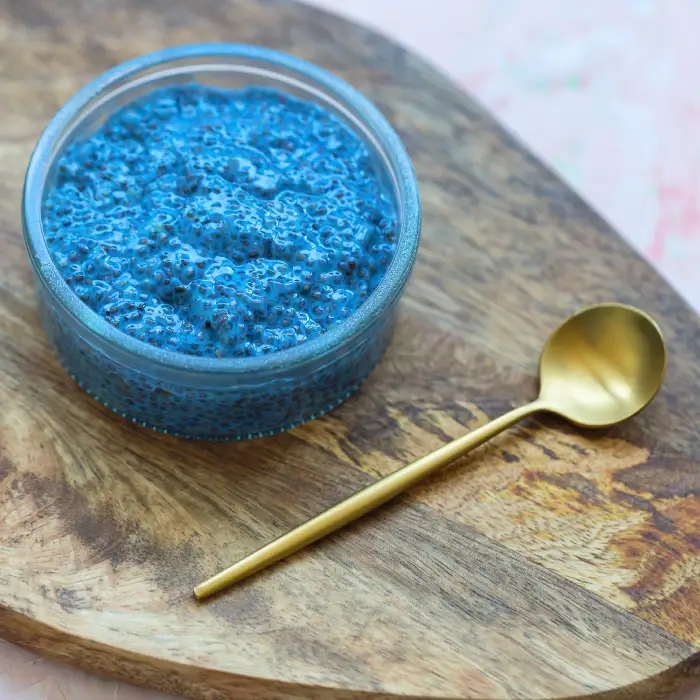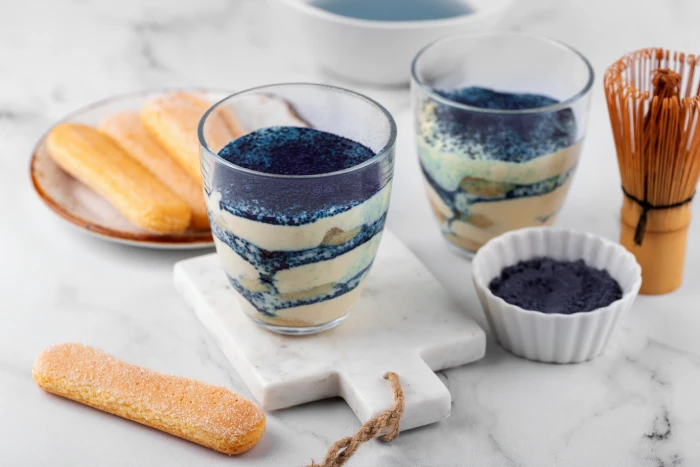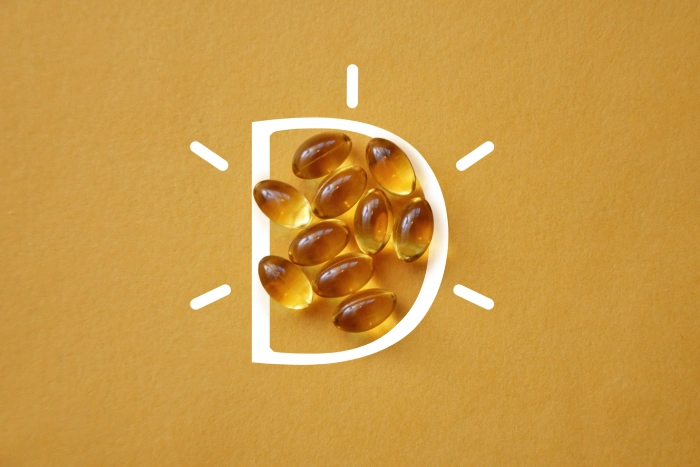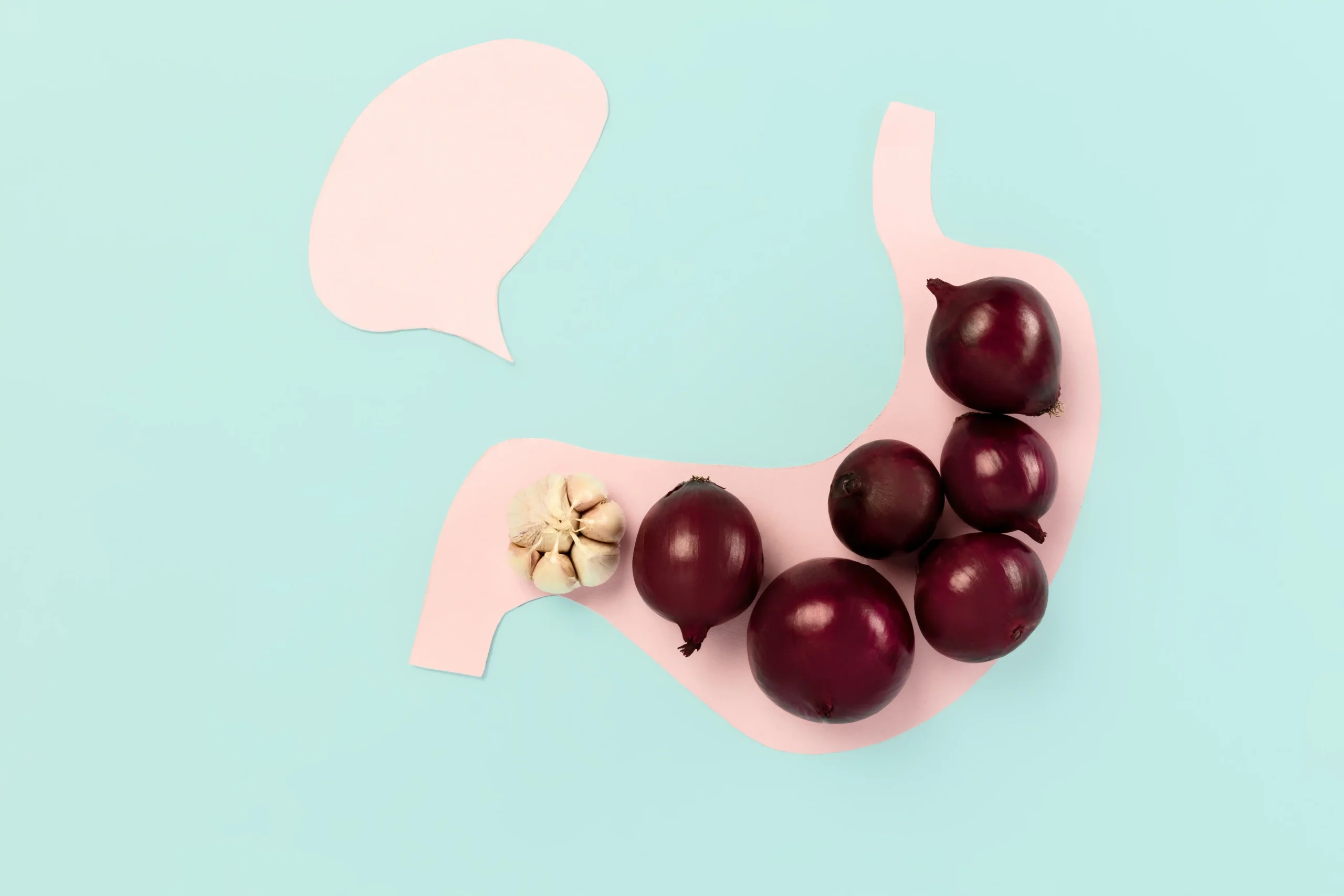Hey wellness warriors! Let’s dive deep into the hottest superfood that’s painting our Instagram feeds fifty shades of blue – blue spirulina! If you’ve been wondering “what is blue spirulina” or why your favorite wellness influencers are suddenly obsessed with creating those dreamy ocean-blue smoothie bowls, you’re about to discover a game-changing addition to your health routine that’s as beautiful as it is beneficial.
What Exactly is Blue Spirulina and Where Does It Come From?
The story of blue spirulina unfolds like a captivating scientific fairy tale, one that commences in the idyllic and untouched waters of our planet. These waters, teeming with life and hidden wonders, serve as the cradle for this remarkable substance. But where precisely does blue spirulina come from? Well, it sets itself apart from its more commonly known relative, green spirulina. While both are part of the same microalgae family, blue spirulina has a unique origin story. It is sourced from a compound known as phycocyanin, which is carefully extracted from these microscopic aquatic organisms. However, the key lies in the distinct processing it undergoes to isolate its truly stunning blue pigment. This isolation process is what bestows upon blue spirulina its special allure. It’s akin to a jeweler painstakingly extracting the most precious gemstone from a collection of already valuable stones, revealing a crown jewel that stands out with its own extraordinary charm.
The Science Behind the Blue
When we engage in a discussion about the difference between blue and green spirulina, we are, in essence, delving into a captivating aspect of nature’s ingenious engineering. The blue spirulina powder that we encounter on the store shelves is fundamentally a concentrated manifestation of phycocyanin. This compound is the very element that imparts that characteristic bluish tint to regular spirulina. To put it in a more relatable context, think of it as the process of extracting caffeine from coffee beans. Just as extracting caffeine results in a concentrated form of that particular compound that has a specific impact on our bodies when we consume it, the blue spirulina powder is a concentrated version of phycocyanin, holding within it unique properties and potential benefits.
What makes the comparison between blue and green spirulina particularly fascinating is their distinct purity profiles. Green spirulina can be likened to a comprehensive multivitamin in terms of its nutrient composition. It encompasses a wide array of elements that work in harmony to support our body’s various functions, presenting a complex and diverse nutritional makeup. On the other hand, blue spirulina offers a concentrated dose of specific compounds. It’s as if it functions like a targeted supplement, zeroing in on particular aspects that can have a significant impact on our health. This difference assumes even greater importance when we take into account how our bodies metabolize and make use of these nutrients. Our bodies have intricate systems in place for absorbing and utilizing different substances, and understanding these profiles helps us appreciate the unique roles that each type of spirulina can play in maintaining our well-being.

The process of creating blue spirulina is truly a harmonious blend of art and science. The so-called “blue spirulina plant,” although it doesn’t conform to the traditional definition of a plant in a botanical sense, is nurtured with meticulous care in precisely controlled environments. These environments are carefully calibrated to ensure that the final product attains the highest levels of purity and potency. From the ideal temperature and lighting conditions to the specific nutrient mixtures provided to the microalgae, every detail is accounted for. Through a highly sophisticated extraction process, which involves state-of-the-art techniques and precise chemical procedures, the phycocyanin is isolated from the rest of the microalgae components. This isolated phycocyanin then undergoes a transformation, emerging as the vibrant and alluring powder that has been steadily captivating the wellness world, creating waves of excitement among health enthusiasts and consumers alike.
Nature’s Perfect Design
The contrast between the spirulina blue and green varieties holds a wealth of fascination, especially when we consider how they have evolved over the course of billions of years. This extended period of evolution has shaped them into the unique entities they are today. Blue spirulina, in particular, stands out as one of nature’s most efficient protein producers. Picture in your mind a minuscule yet highly productive factory, one that operates with remarkable efficiency. This tiny factory, which is the blue spirulina in a metaphorical sense, has the astonishing ability to churn out more protein per square inch than almost any other food source that exists on our planet. This extraordinary efficiency is what renders organic blue spirulina powder an exceptionally sustainable choice for those environmentally conscious consumers who are not only concerned about their own health but also about the impact of their choices on the planet. By opting for blue spirulina, they are choosing a product that requires relatively fewer resources to produce compared to many traditional protein sources, thus making a positive contribution to the delicate ecological balance of our world.
The Benefits That Are Making Waves
A Nutritional Powerhouse That’s More Than Just Pretty
Let’s embark on a more in-depth exploration of blue spirulina nutrition facts, as they are truly nothing short of astonishing. Whenever people pose the question, “what is blue spirulina powder good for?” I always find it a delight to witness the transformation on their faces as I begin to unravel its numerous benefits. This superfood is a veritable treasure trove of health-promoting elements. It contains a concentrated dose of antioxidants that function like a dedicated team of personal bodyguards, or rather, a meticulous cleanup crew. These antioxidants are constantly on the lookout for harmful free radicals that roam freely within our bodies, causing oxidative stress and potentially damaging our cells. With their vigilant presence, these antioxidants swoop in to neutralize these free radicals, effectively safeguarding our cells and providing crucial support for our overall cellular health. This process is vital in maintaining the integrity of our body’s tissues and systems, helping to keep us healthy and resilient in the face of various internal and external challenges.
The phycocyanin present in blue spirulina has been the subject of extensive research, and it has been demonstrated to possess remarkable anti-inflammatory properties. Try to imagine this scenario: within your body, there are thousands upon thousands of tiny firefighters, each ready and equipped to spring into action at the first sign of inflammation. Whether it’s the result of an intense workout session, a minor injury, or some other internal disruption that triggers an inflammatory response, these microscopic “firefighters” – the phycocyanin molecules – are there to quickly quell the inflammation, reducing swelling, pain, and discomfort. This aspect is especially thrilling for athletes who constantly push their bodies to the limit during training and competitions and are often faced with exercise-induced inflammation. But it’s not just limited to them; anyone dealing with any form of inflammation can potentially benefit from the anti-inflammatory prowess of blue spirulina.
Taste Profile and Culinary Versatility
One of the questions that I am frequently asked is, “what does blue spirulina taste like?” or “does blue spirulina have a taste?” Well, here’s the delightful truth about it. Unlike its green counterpart, which can, on occasion, present a rather off-putting taste that makes it seem as if you’re literally taking a swig from a fish tank (and let’s be honest here, that’s not exactly a pleasant sensation!), blue spirulina has a surprisingly neutral taste. It’s as if nature has crafted it to be like a magical food coloring that not only imparts a beautiful and vibrant hue to whatever it’s added to but also comes with a host of actual health benefits. This mild flavor profile is what unlocks a world of culinary possibilities for blue spirulina.
The mildness of its taste means that it can be seamlessly incorporated into a vast array of dishes and beverages without overpowering the other flavors or altering the overall taste experience. Whether you’re feeling creative and decide to whip up a blue spirulina smoothie bowl that resembles a stunning piece of modern art, with its vivid blue color adding an element of visual allure to your breakfast table, or if you simply want to experiment by adding a touch of blue spirulina to a glass of water to create a subtly enhanced and nutritious drink, the options are truly endless. The difference between blue and green spirulina becomes strikingly evident in this regard. With green spirulina, you might need to be more cautious about how much you add to avoid that fishy taste spoiling your creation, but with blue spirulina, you can sprinkle it into almost anything with confidence, knowing that it will enhance the visual appeal while leaving the taste intact and perhaps even adding a touch of novelty to your culinary adventures.
Creative Applications and Usage Guide
Culinary Adventures with Blue Spirulina
Creating with blue spirulina is like being given an artist’s palette where every stroke also happens to be incredibly good for you. Let’s start with the basics of how to incorporate this stunning supplement into your daily routine. A blue spirulina drink can be as simple as adding a quarter teaspoon to your morning water, creating an Instagram-worthy blue spirulina water that hydrates and nourishes simultaneously.
For those ready to level up their blue spirulina game, let’s talk about creating the perfect blue spirulina smoothie. The key lies in layering your ingredients thoughtfully. Start with a frozen banana base for creaminess, add coconut water for hydration and electrolytes, then introduce your blue spirulina powder gradually. The result? A smoothie that looks like it came straight from a tropical paradise and packs a serious nutritional punch.
Advanced Recipe Ideas and Combinations
Blue spirulina recipes have evolved far beyond basic smoothies. Creative food enthusiasts are now incorporating this versatile powder into everything from blue spirulina lemonade (perfect for summer gatherings) to innovative blue spirulina acai bowl creations that combine the benefits of multiple superfoods in one gorgeous dish.

One particularly exciting trend is the blue spirulina smoothie bowl movement. These bowls are like edible works of art that also happen to be incredibly nutritious. The key to creating the perfect bowl lies in achieving the right consistency – thick enough to hold your toppings but not so thick that it becomes difficult to eat. The pure color of blue spirulina adds an almost ethereal quality to these creations, making them as appealing to the eye as they are to the body.
Special Applications and Considerations
Athletic Performance and Recovery
Athletes and fitness enthusiasts are increasingly turning to blue spirulina boost supplements to enhance their training regimens. The anti-inflammatory properties of blue spirulina make it particularly valuable for post-workout recovery. Think of it as your body’s natural recovery assistant, helping to soothe exercise-induced inflammation and support muscle repair.
Pet Health and Wellness
The benefits of blue spirulina extend beyond human consumption. Blue spirulina for dogs has gained attention in the pet wellness community, with many pet owners reporting positive results when incorporating this supplement into their furry friends’ diets. When considering blue spirulina powder for dogs, it’s essential to start with tiny amounts and consult with a veterinarian first.
Pregnancy and Special Populations
For those interested in blue spirulina pregnancy considerations, it’s crucial to approach supplementation with caution and awareness. While many pregnant women have successfully incorporated blue spirulina into their prenatal nutrition plans, it’s essential to consult with healthcare providers first and choose only the highest quality organic blue spirulina powder from reputable sources.
Quality Considerations and Shopping Guide
Finding Your Perfect Blue Powder
For those wondering “where can i buy blue spirulina” or searching for blue spirulina near me, quality should be your top priority. The best blue spirulina powder will come from reputable manufacturers who prioritize purity and potency. Look for products that are third-party tested and provide clear information about their sourcing and processing methods.
Blue spirulina whole foods sections often carry various brands, but don’t limit yourself to brick-and-mortar stores. Many excellent organic blue spirulina options are available online, often at competitive prices. When shopping, pay attention to factors like particle size (finer powder typically mixes better) and packaging (dark, airtight containers are best for preserving potency).
Understanding Price Points and Value
While high-quality blue spirulina powder organic options might seem expensive initially, consider the concentration and serving size. A little goes a long way – one small jar can last several months with regular use. Think of it as an investment in your health that also happens to make your food look absolutely stunning.
Safety and Usage Guidelines
Optimal Dosage and Timing
When starting with blue spirulina, the key is to begin gradually. Start with a quarter teaspoon daily and observe how your body responds. You can slowly increase the amount based on your needs and tolerance. Unlike some supplements that require strict timing, blue spirulina can be enjoyed throughout the day – add it to your morning smoothie, afternoon tea, or pre-workout drink.
Potential Interactions and Considerations
While blue spirulina is generally safe for most people, it’s important to be aware of potential interactions with medications or existing health conditions. Those on blood thinners or with autoimmune conditions should consult their healthcare provider before adding blue spirulina to their routine. Additionally, some people might experience initial digestive adjustment periods – starting slow helps minimize any potential discomfort.
The Future of Blue Spirulina
Research and Development
The scientific community continues to explore new applications for blue spirulina. Current research is investigating its potential roles in everything from natural food coloring to targeted nutritional therapy. The future might see blue spirulina incorporated into even more mainstream products as awareness of its benefits grows.
Environmental Impact and Sustainability
One of the most exciting aspects of blue spirulina is its sustainable production potential. Compared to traditional protein sources, blue spirulina requires minimal water, land, and resources to produce. This makes it not just a healthy choice for our bodies, but also for our planet.
Conclusion: Your Blue Spirulina Journey
Whether you’re a wellness enthusiast, an athlete, or simply someone curious about natural health alternatives, blue spirulina offers something for everyone. Its versatility, mild taste, and impressive nutritional profile make it an excellent addition to any healthy lifestyle.
Remember, the key to success with blue spirulina is starting slow and being creative. Don’t be afraid to experiment with different recipes and combinations – who knows, you might create the next viral blue spirulina sensation! And most importantly, always choose quality products and listen to your body as you incorporate this amazing superfood into your routine.
Ready to join the blue revolution? Your journey to better health (and more Instagram-worthy meals) starts here. Share your blue spirulina creations, ask questions, and most importantly, enjoy the process of discovering all that this remarkable superfood has to offer!



